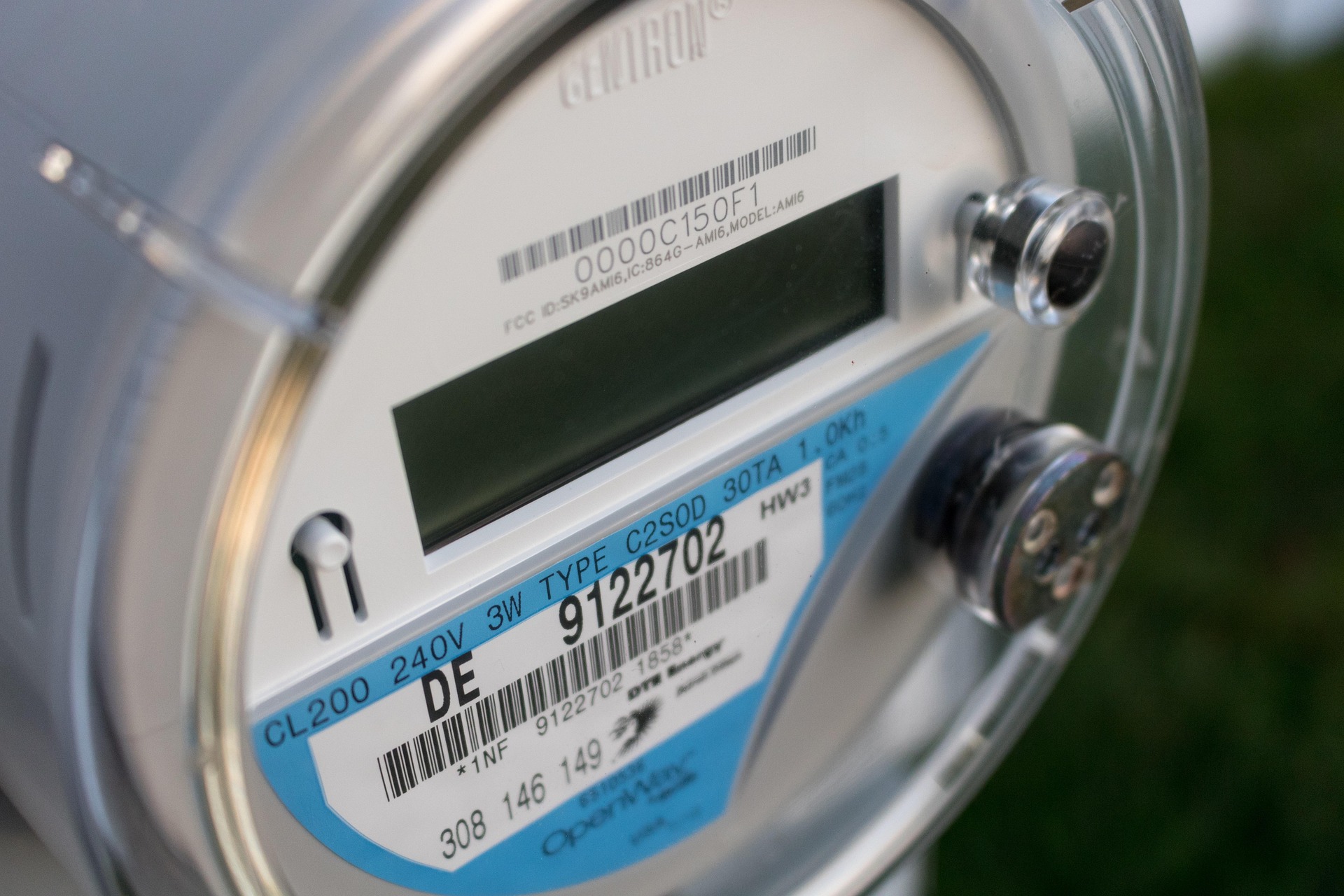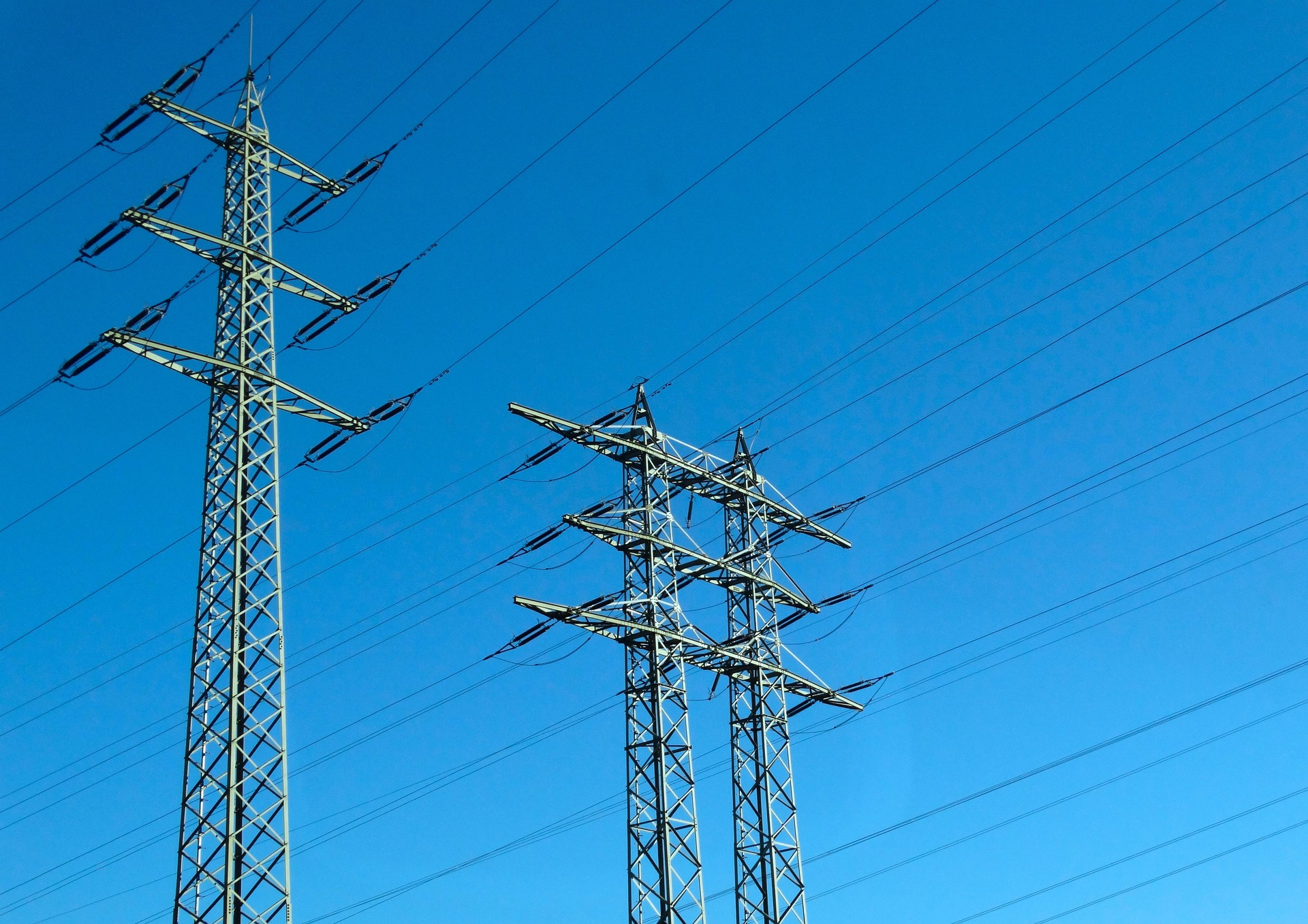Nevada ranks in the top 10 U.S. states with the most solar installed. So it’s no surprise I get a lot of questions about net metering in Nevada. And chances are, if you’re about to go solar, you’re probably wondering what’s in it for you as well. In this guide, I’ll walk you through how the credit system works, what to expect on your energy bill, and whether it’s something worth getting excited about (Spoiler: It probably is).
How Does Net Metering Work in Nevada?
Net metering works like a power-sharing agreement between you and your utility company.
When your solar panels produce more electricity than your home uses — especially during those sunny afternoons when you’re out and your home isn’t using much electricity — you send that surplus power back to the grid. In return, your utility gives you “energy credits”.
You can then use these credits “pay” for the electricity you draw from the grid when the sun isn’t shining, like at night or on gloomy, overcast days.
Now, let’s zoom in a bit more on how net metering plays out specifically here in Nevada.
Net Metering is Required Under State Law
Nevada law actually requires public utility companies to offer net metering. Thanks to Assembly Bill 405 (AB 405) — also known as the Renewable Energy Bill of Rights — utilities like NV Energy must provide energy credits for surplus solar production.
This law was passed in 2017 after earlier changes from Senate Bill 374 (SB 374) caused some friction in the solar community. The Public Utilities Commission of Nevada (PUCN) was given the job of implementing this policy and regulating how utilities credit solar customers.
What this means for you is simple: If you install solar, the utility can’t ignore you. They’re required by law to let you participate in net metering and to pay you — through credits — for your excess energy.
How do you get in on Nevada’s net metering setup?
If you’re installing solar panels, your solar installer usually takes care of enrolling you in the net metering program as part of the overall setup. They’ll submit the paperwork to your utility provider, and once approved, your system gets connected to the grid with net metering enabled.
And if you’re wondering if you can still participate in net metering if you’re leasing your solar panels instead of owning them? The short answer is yes. However, the contract may come with a few conditions, so make sure to read the fine print or ask your provider how the credits are handled.
NV Energy Net Metering Policy
As the state’s primary investor-owned public utility, NV Energy delivers electricity to around 90% of the population. Whether you’re in Las Vegas, Reno, Henderson, Sparks, or Carson City, there’s a big chance they’re the ones sending you your monthly electric bill.
And that’s exactly why we’re giving NV Energy its own spotlight here. Since they serve the lion’s share of Nevadans, understanding how they handle net metering will likely answer most of your questions. (Don’t worry, though — we’ll still talk about other local utilities in a minute.)
Here’s a breakdown of how NV Energy’s net metering setup works.
Net Metering Tier System
NV Energy uses a tiered structure for net metering. The amount of credit you get for the excess electricity your panels send to the grid depends on when your system was installed.
Since June 2020, new net metering customers have been placed under Tier 4, which offers an excess energy credit (EEC) rate listed in NV Energy’s official schedule of ¢8.544 per kilowatt-hour (kWh).
This export credit rate is about 79% of the current retail electricity rate of ¢10.865 — though keep in mind, rates can change year to year, so the export credit tends to hover around 75% of whatever the current retail rate is.
To put it into perspective, let’s say your home sends 500 extra kilowatt-hours (kWh) back to the grid in a month. Under NV Energy’s current Tier 4 rate, you’d earn about $42.72 (500 × 0.08544) in energy credits. That’s real value you can apply to your next bill.

It may not be the full, dollar-for-dollar retail rate, but I’d say it’s still a pretty good arrangement, especially considering that many utilities in other states usually pay only about half the retail rate for excess energy. Even better is that this rate is locked in for 20 years from the time your system is activated. That means your credit rate stays the same year after year, even if utility prices shoot up (which they usually do). What Happened to Tiers 1–3? Previously, NV Energy used a stepped approach to phase out full retail net metering. Here’s how it worked:
| Tier | EEC | Rate % of Retail | Status |
| Tier 1 | $0.10823 | 95% | Closed |
| Tier 2 | $0.10025 | 88% | Closed |
| Tier 3 | $0.09228 | 81% | Closed |
| Tier 4 | $0.08544 | 75% | Open (No Cap) |
Each of those earlier tiers had an 80-megawatt cap, and once that threshold was reached, the program moved to the next tier with a slightly lower payout.
Customers who subscribed in those earlier phases are grandfathered in and still enjoy their original locked-in rates for 20 years.
Today, Tier 4 is still open — and unlike the previous tiers, it has no cap. That means if you’re going solar now, you’re not racing the clock or cutoff dates to claim your rate.
Net Metering for TOU Pricing Plan
NV Energy also gives you the option to enroll in a Time-of-Use (TOU) pricing plan. This changes how you’re billed for electricity — and how much you earn for your solar exports — based on the time of day and season.
Here’s how TOU affects your export credits (Tier 4):
| Time Period | Export Credit Rate (EEC) |
| Winter (all hours) | $0.06186 / kWh |
| Winter REVRR | $0.05229 / kWh |
| Summer On-Peak | $0.36948 / kWh (what you pay) |
| Summer Off-Peak | $0.05404 / kWh (what you earn) |
| Summer REVRR | $0.04525 / kWh |
As you can see, TOU export credits are lower than the flat Tier 4 rate discussed earlier. However, you may still benefit overall if you shift your energy usage to off-peak hours (like running appliances at night or early morning).
How It Appears on Your Bill
Let’s say your panels produce 1,000 kWh in a month, but you only used 800 kWh. The 200 kWh difference will show up as a credit on your bill. So, if next month is cloudy and your panels only generate, say, 600 kWh while you use 800 kWh, you can apply the 200 kWh credit and essentially break even.
Over the course of a year, this back-and-forth evens out your costs and helps keep your energy bills low.
However, bear in mind that this doesn’t mean you won’t be receiving a bill anymore.
There are still basic service charges, the Universal Energy Charge (UEC), and other small fees (you can find them in NV Energy’s official rate schedule) — and those might add up to around $20 more or less each month.
How Net Metering Works for Other Local Utility Providers
Not every Nevadan is under NV Energy. If you’re in a smaller town or city with its own municipal electric utility, the setup can be a bit different. Below are three municipal utility providers and how they approach net metering.
Boulder City Electric
If you send more energy to the grid than you use, you get energy credit for the difference — but based on the city’s average wholesale energy cost, which is usually much lower than the retail rate.
This average cost changes and is recalculated periodically:
- Every February for summer months (May to October)
- Every August for winter months (November to April)
As of writing, the wholesale energy cost (¢6.24) is roughly 70% of the retail rate (¢9.01) based on Boulder City’s current residential rates.
Valley Electric Association (VEA)
Based on their latest Distributed Generation (DG) policy, VEA compensates surplus solar energy sent back to the grid depending on when you installed your solar system.
For new residential solar systems (installed after August 30, 2024), a net billing arrangement will apply. Export credits is equal to the avoided cost, which include market energy prices plus transmission costs.
All that’s to say the worth of those credits is not fixed and can vary over time. So, you get paid a wholesale-style rate for excess energy.
That said, VEA doesn’t always publish up-to-date export credit rates on their website. So it’s a good idea to check in from time to time or contact them directly for the latest figures.
Overton Power District
OPD’s net metering policy works similarly to standard net billing terms: If your solar panels generate more energy than you use that month, the extra kWh is credited to your account and shows up on the next month’s bill, calculated at Overton’s average energy cost (not retail).
That means the value of your credits will generally be lower than what you pay for electricity.
However, the good thing about OPD’s approach is that, if, at the end of the year, your solar system generated more than you used overall, OPD will buy back the remaining surplus (although still at their average energy cost).
This is definitely a plus, because some utilities simply wipe off your leftover credits with no compensation at all.
But to prevent people from treating the grid like a profit center, they cap that year-end buyback at $150.
If you’re not with NV Energy — or with one of the three utility providers mentioned — make sure to check directly worth checking directly with your local utility instead to see how they handle solar credits. The math changes depending on where you live, and your ROI might shift a bit too.
Are There Other Incentives Available for Net Metering Customers in Nevada?
Yes, there are other incentives available for net metering customers in Nevada.
First and foremost, you can claim the Solar Tax Credit, which basically knocks off 30% of your upfront cost as a tax deduction. So if your system costs $20,000, you’re really looking at a net cost of around $14,000 after that credit shows up in your taxes.
If you’re thinking of adding a battery, NV Energy currently offers rebates for home battery storage systems. The amount varies depending on whether you’re a time-of-use customer, but it’s worth exploring if blackout protection is important to you.
Ready to Go Solar in Nevada?
There’s no question that net metering can save you hundreds (sometimes even thousands) each year. And those savings really help you gradually chip away at your upfront cost, stacking up over time and getting you to your break-even point sooner.
If you’re ready to shave a big chunk off your electric bills, get in touch with a certified installer. At Avail Solar, we handle everything — from the paperwork to the installation and even the maintenance — so you can go on with your day worry-free. Request a quote today!
